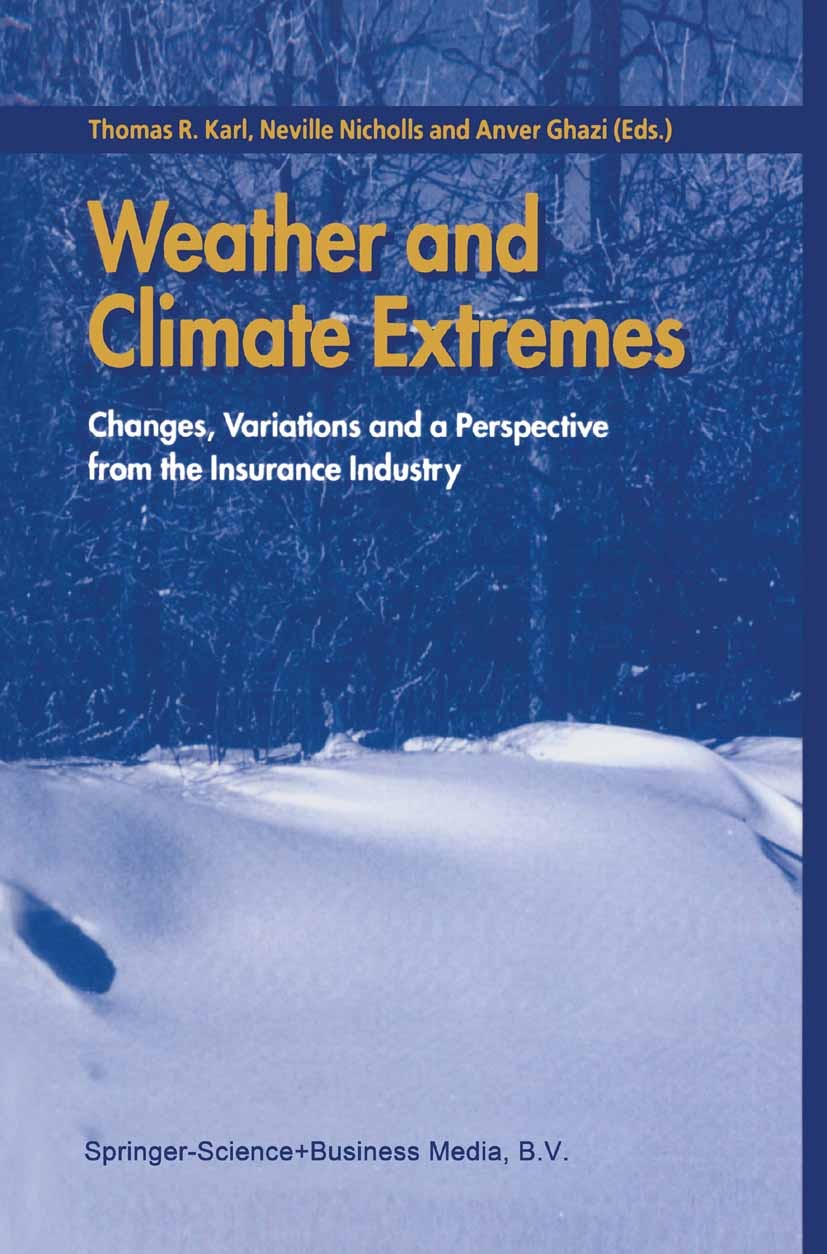Land-atmosphere coupling amplified the record-breaking heatwave at altitudes above 5000 meters on the Tibetan Plateau in July 2022
Abstract
In July 2022, regions with elevations exceeding 5 000 m on the inner Tibetan Plateau (TP) witnessed a record-breaking heatwave. But how the atmospheric circulation and soil moisture play roles in the occurrence and maintenance of the heatwave in such high elevation climate sensitive region remains unknown. Here, by using the flow analogue method, we find that negative soil moisture anomalies explain more than half of the extreme high temperature during the heatwave, while atmospheric circulation explains less than half. The high soil moisture-temperature coupling metric and the increased correlation between latent heat flux and soil moisture during heatwave revealed strong land-atmosphere feedback in the Qiangtang Plateau which has amplified the heatwave. Analyses of numerical experiments confirm that the presence of interaction between soil moisture and the atmosphere has increased the intensity of hot extreme event under the same atmospheric circulation conditions. Under the warming background, land-atmosphere coupling leads to a faster increase in extreme high temperatures compared to the global mean warming rate, and it is twice as fast as the increase in extreme high temperatures without coupling. We highlight the increased probability of extreme high temperature over the TP in the future due to soil moisture feedback and the results are hoped to inform policymakers in making decisions for climate adaptation activities.

 求助内容:
求助内容: 应助结果提醒方式:
应助结果提醒方式:


